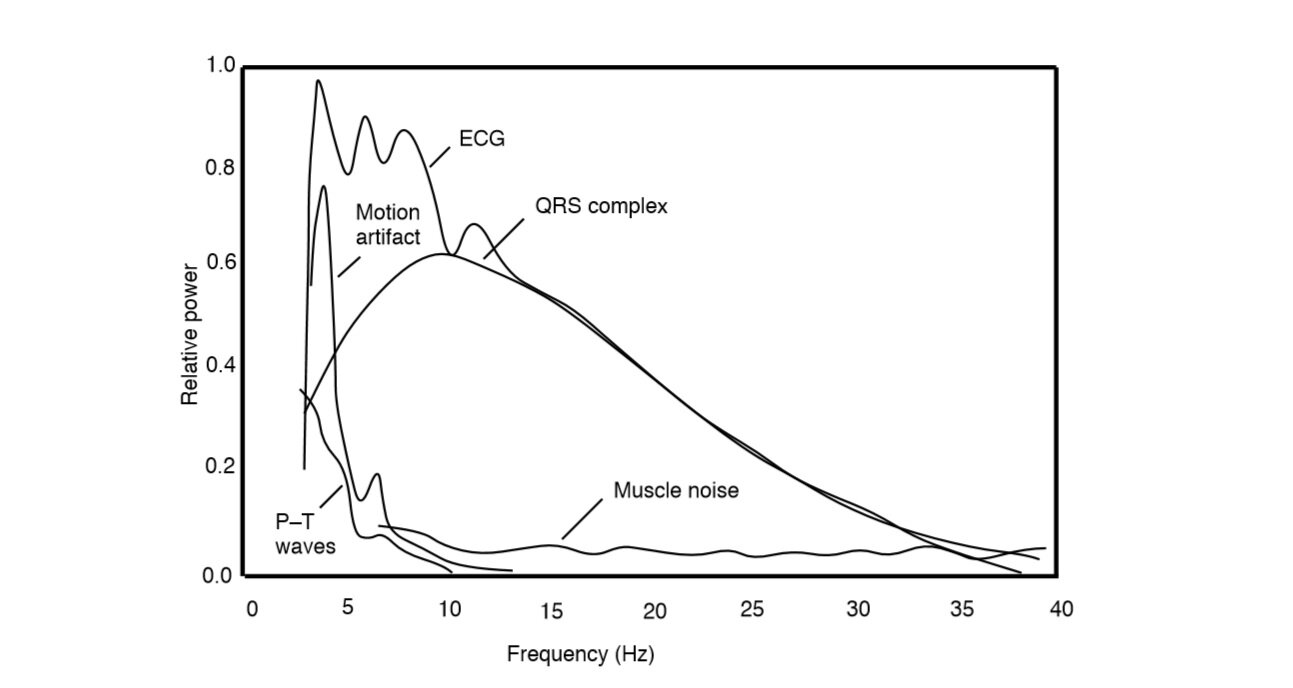
Latest blog posts
Follow our blog to keep up-to-date

AI principles at PulseAI
At PulseAI, we strive to make a positive impact on patient care by enabling all doctors to access state-of-the-art decision support tools. We believe that artificial intelligence has the power to revolutionise healthcare by removing workload from physicians, reducing clinical errors and developing new systems for the diagnosis of disease. We understand that there are significant ethical challenges with AI technology, and we strive for responsible innovation in this field.

Dealing with ECG data overload with Artificial Intelligence
An ECG is a recording of the heart's electrical activity. The amount of ECG data being collected has increased dramatically in recent years with the advent of more sophisticated ECG monitoring devices and latest-generation smartwatches, which are able to record ECGs at any time. This increase in data production leads to significant challenges for both healthcare providers and patients when managing this data overload.

AI-powered healthcare via APIs: Enabling access to ECG diagnostics
Application programming interfaces, or APIs, are how software talks to other software. APIs have been used extensively across several industries, including finance, telecoms and consumer electronics. They allow the complexity of underlying systems to be abstracted away, enabling developers to integrate services in novel and useful ways. Consequently, APIs are key ingredients in most modern digital experiences. For example, Google APIs give developers access to a range of machine learning technologies for image classification and language translation. Amazon Web Services have also released its Rekognition API, which can identify objects and humans from image data.

Why Electrodes Matter: Skin-Electrolyte Interface
The largest source of artefact in the ECG signal is without a doubt the skin. Due to its sizeable impedance and unstable potential it can create many problems when recording ECGs. The electrode–electrolyte interface impedance is minimal in comparison with the large impedance of the skin.

Why Electrodes Matter: Electrode-Electrolyte Interface
An electrode system can be divided into two main components – the Electrode and the Electrolyte. Where the electrolyte meets the electrode surface, an interface known as the Electrode-Electrolyte Interface is formed. The characteristics of this interface are very important in the recording of a high quality electrocardiogram (ECG).
